New decision making research from Six Seconds’ State of the Heart report identifies the emotional intelligence skills and strategies that predict good decision making, all over the world. So what are they, and how can you cultivate them?
From tempering your brain’s extreme impulses to cultivating one specific skill that is strongly predictive of good decision making, here’s a synopsis of Six Seconds’ State of the Heart report and its findings on decision making and EQ.
Since it’s estimated that we make 35,000 decisions a day – and they all add up to determine our effectiveness and quality of life – it seems reasonable to understand the science behind this process and what separates the truly great decision makers from the rest of the pack.
A special thanks to Madison, our statistics intern at Six Seconds who crunched the data on decision making, and Tommaso, who manages the publication of the State of the Heart report.
Six Seconds is a nonprofit dedicated to teaching the skills of emotional intelligence to create positive change in individuals and communities around the world. To learn more, visit https://www.6seconds.org/about/.
So what have we learned from this decision making research, and how can we apply it today to make better decisions?
1. Temper Your Brain’s Extreme Impulses
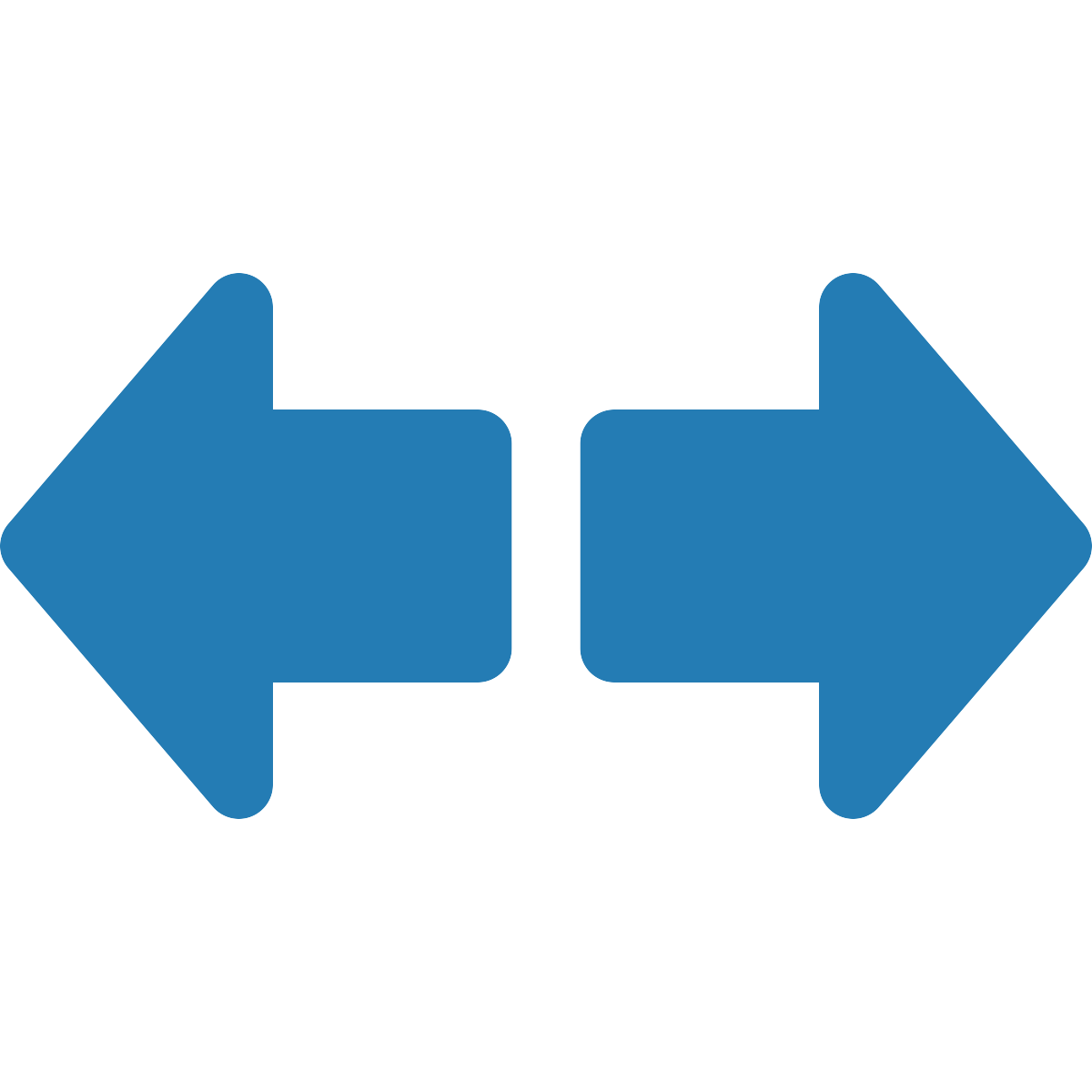
Everyone’s brain works differently.
Brains, of course, are incredible machines. They filter, process, and react to a flood of information coming from your eyes, ears, and other sensory organs. They produce our thoughts and feelings and actions, in addition to controlling every blink, breath, heartbeat, and muscle movement. And they are not only filtering and reacting. Brains constantly create meaning and make predictions, matching up our perceptions of the world with what we know – or at least think we know – from past experience.
And the fascinating part is that everyone’s brain goes through this process differently. When they walk in a room, some people tend to notice the emotions expressed on people’s faces; others tend to notice more cognitive data like how many tables are set up. When it comes time to make a decision, some people make decisions pretty quickly; others ruminate and try to see it from every possible angle. And some people feel drawn to scheme and dream about the future, while others want to get things done now. And, of course, we all do things that match all of these at different times. But everyone’s brain has a preference for noticing certain things or acting a certain way, which leads them to make certain decisions.
Everyone’s brain has a preference for focus, decision making and drive. Where do you fall on the scale?
These different tendencies are captured in Six Seconds’ Brain Brief Profile , a one-page snapshot of your brain’s preferences for processing data and making decisions. It’s based off of your individual results from the SEI, Six Seconds’ psychometrically validated emotional intelligence assessment that is used in corporations and schools around the world. And it’s broken down into 3 elements: The scale that measures whether you tend to notice rational or emotional data is the Focus scale. Your relationship with risk taking, whether you tend to protect or innovate, is the Decisions scale. And finally, whether you are a schemer and dreamer, like me, or more of a practical get it done type of person, is the Drive scale.
Based on where you fall on these scales, you have one of 8 Brain Styles. To learn more about the 8 Brain Styles and how yours impacts your decision making, read this awesome article.
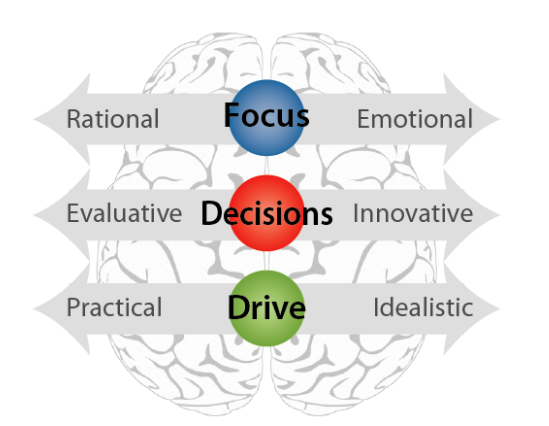
So where do the people who score highest in decision making end up on the Brain Style scale? Where’s the sweet spot?
Smack dab in the middle! It’s almost all about balance. People who are the most balanced on the brain scale (or in the middle) on average have a 14% higher decision score than those who are the least balanced (or on the edge).
Identify your typical style, what your brain has learned in terms of Focus, Decisions & Drive… and if you tend toward the extremes, learn to recognize when you’re getting stuck and practice looking from another perspective.
My friend Megan, for example, knows that she is far to the left of the Decisions scale. She’s very Evaluative. She analyzes decisions, waffles, debates the wording of texts or emails. And ever since she’s become more aware of that, she challenges herself when she’s being super evaluative: Am I overthinking this? And through that process, she has started to make better decisions, simply by not overthinking everything. And in fact, the research backs this up. While balance is the key overall, Innovators are almost 3x as likely to score high in effective decision making than Evaluators, so this is a really valuable effort on her part.
And myself, I fall way to the right of the Drive scale, almost off the charts Idealistic. My partner calls me a schemer n’ dreamer, and it’s true. But I can definitely feel frustrated sometimes by my lack of progress toward those goals, which is a result of my decisions. So I have learned to compensate for that by making more to do lists – practical steps I can take, every day, to reach certain goals.
Brain Brief Profile
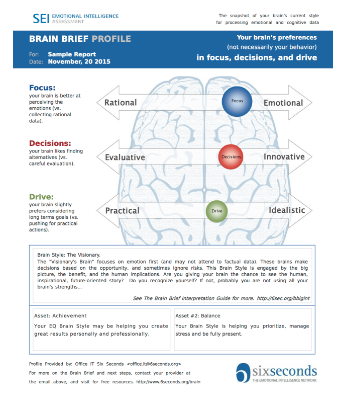
Want to find out your Brain Style? Take the SEI and get your Brain Brief Profile. It’s on sale for $10 in the EQ Store.
The next insight from this treasure trove of decision making research is about the emotional intelligence skill that is most highly predictive of good decision making. At first, it didn’t make any sense to me, and then it made a whole lot of sense.
2. Switch from True-False to Multiple Choice
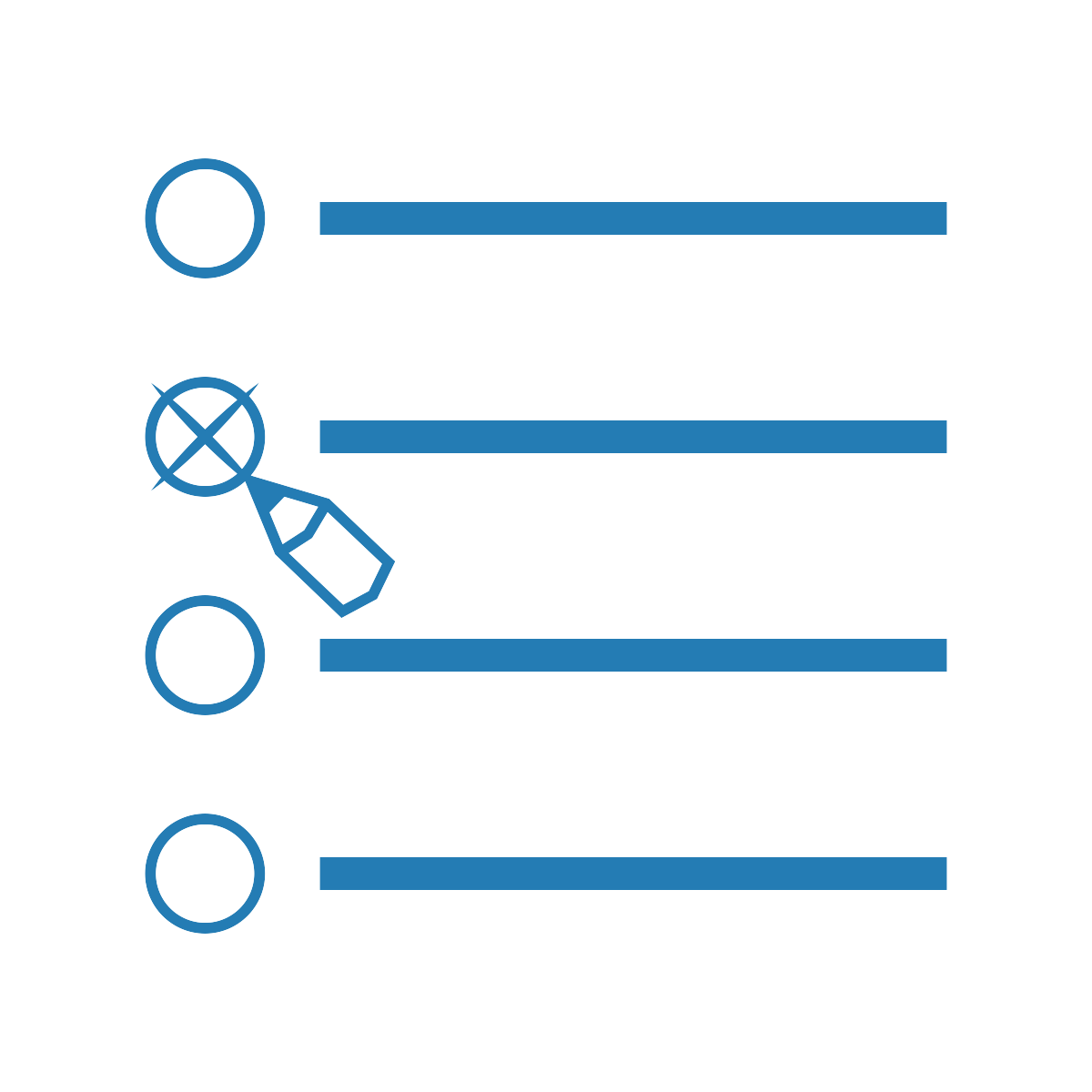
In the Six Seconds Model of EQ, there are 8 competencies, or skills, of emotional intelligence. Let’s take a quick quiz. Which one of these skills do you think is most predictive of good decision making?
Enhance Emotional Literacy – Accurately identifying and interpreting feelings.
Recognize Patterns – Acknowledging frequently recurring reactions and behaviors.
Apply Consequential Thinking – Evaluating the costs and benefits of your choices
Navigate Emotions – Assessing, harnessing, and transforming emotions as a strategic resource.
Engage Intrinsic Motivation – Gaining energy from personal values & commitments vs. being driven by external forces.
Exercise Optimism – Taking a proactive perspective of hope and possibility.
Increase Empathy – Recognizing and appropriately responding to others’ emotions.
Pursue Noble Goals – Connecting your daily choices with your overarching sense of purpose.
Have your answer in mind?
When I played this game, I guessed Apply Consequential Thinking, weighing the pros and cons of your decisions. Makes sense, right? My second guess was Navigate Emotions, to make sure you understand how your emotional state may be influencing your decisions, because there’s a lot of research that says that we are often unconsciously biased by our emotional state.
And they are both wrong.
The answer is exercising optimism, which predicts a whopping 66% of the variation in decision making scores.
Now let’s start off my breaking down a misconception about what exercising optimism is, or rather, is not. It’s not simply wishing for the best, some sort of passive expectation. Six Seconds’ CEO, Josh Freedman, defines it as “Knowing there are options even when you can’t see them.” It’s an action, a skill. It’s a form of mental and emotional labor where you work to see all the possible options and sometimes, create new ones. And according to research at Ohio State University, it’s a game changer for decision making. That research found that when we generate at least 3 options, the quality of our decisions goes way up.
Dr. Therese Huston, a decision making expert and author of How Women Decide, sums up the problem this way: ““All too often we only give ourselves one option and we fool ourselves into thinking it’s actually two. Should I do this or not? There’s really only one option on the table – I’m going to make this change or I’m going to stay put. And if you give yourself three options, it gets you thinking outside the box.” It’s a switch from a true false question to a multiple choice question.
She went on to use this business example: “Your company’s thinking about building a parking garage. So instead of just, should we build a parking garage or not, three options would be, should we build a parking garage, should we give all employees bus passes, or should we give our employees the option to work from home one day a week?” It’s the emotional intelligence skill of exercising optimism at work here – the ability to generate new options and invent solutions to “unsolvable” problems. For a beautiful, personal example of how to go through this process of generating options when you feel stuck, check out this story about a guy named Jay.

Trying to see options we haven’t seen yet is an invaluable part of decision making.
The decision making research seems to indicate that where we go wrong in the decision making process is not the evaluate part, which is what we normally give the most attention. It’s the part before that. The part where we work to see what all of our options really are – and then evaluate them.
To find out the 2nd and 3rd EQ skills that are most predictive of good decision making – and personal examples of how to cultivate them – read Decision Making: 3 Practitioners’ Stories of Leveraging EQ Skills to Make Better Decisions.
While exercising optimism does have a unique importance, the data point that most strongly predicts good decision making is simply having a high overall emotional intelligence score – a combination of all the competencies that make up your EQ.
Let’s look at each skill through the lens of my friend Johanna’s decision to move recently; a real life example that brings this decision making research to life.
3. Invest in Your Emotional Intelligence
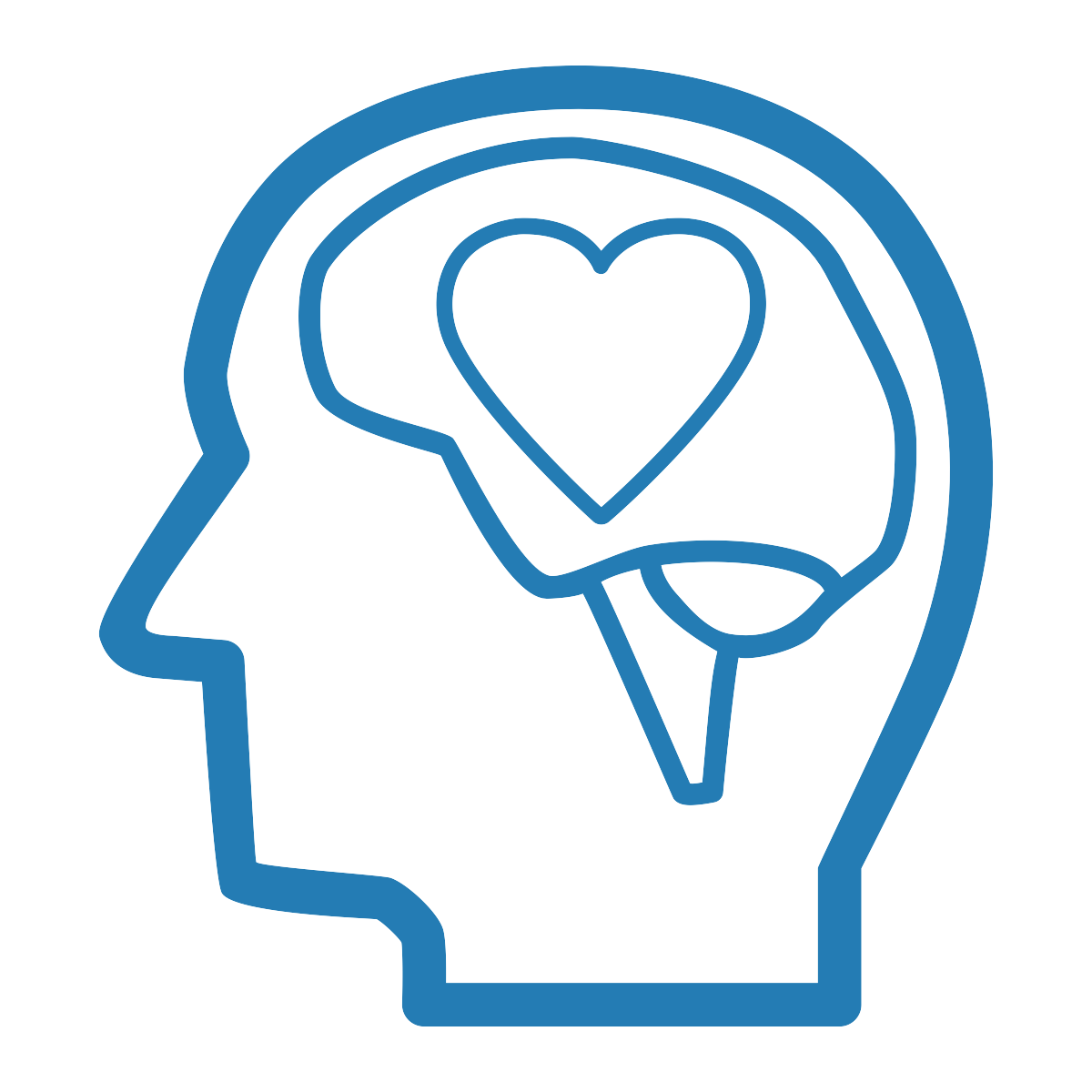
Johanna had a decision to make. In her early 30s and living in California, she felt stuck. The town where she lived had served her well for almost a decade, but she constantly questioned her long-term future there: it’s one of the most expensive places to live in the United States. If she couldn’t live there forever, why not start the process of starting over sooner rather than later? She’d been considering a move up to Montana for years, an area she liked but where she didn’t really know anyone. Needless to say, she felt a lot of conflicting emotions about the pending decision, and to make the correct call, she had to consciously practice emotional intelligence. And the decision making research makes one point crystal clear: high emotional intelligence predicts good decision making. Treating emotions as a valuable resource, and blending them with cognitive reasoning, leads to better decisions. Those who score in the high EQ category are 10x as likely to have a high decision score; that is, way more likely to make good decisions.
So how did she use emotional intelligence to make the best decision?
Here’s how practicing EQ looked for Johanna, point by point. As you can see, it’s a process. These are the 8 EQ skills of the Six Seconds Model of EQ, and they all interact dynamically to create the conditions for optimal decision making.
Enhancing emotional literacy means accurately identifying feelings. First of all, just the process of naming feelings helps diminish their power. It’s a vital step to blending thinking and feeling, to shine a sort of cognitive spotlight on our feelings. So she started by simply stating the obvious: I feel anxious. I feel conflicted. I feel overwhelmed. And oddly, even admitting that to herself in no uncertain terms felt like a huge first step.
Recognizing patterns is about acknowledging recurring behaviors or reactions. In her case, Johanna knew she had a tendency to be extremely risk averse, a byproduct of struggling with anxiety. So she had to acknowledge that pattern and make sure she didn’t simply follow this pattern out of ease. Our brains follow patterns – ways we’ve acted before – for efficiency’s sake. But that doesn’t mean that following that pattern would always lead us to the best decision. There are times to be risk averse, and times to take necessary and appropriate risks.
Applying consequential thinking means weighing the pros and cons of each decision. She made a long pro and cons list for each one. This helped her see that some cons were more temporary, or permanent, than others.
Navigating emotions means assessing, harnessing, and transforming emotions as a strategic resource. It’s a sort of logical next step after naming emotions. For example, Johanna felt overwhelmed, and she had seen in the Emotoscope Feeling Chart (a cool resource for making sense of emotions) that the message of feeling overwhelmed is that you need to prioritize. So she made a game plan for how to move forward; the information she needed to gather and things she needed to do to make an informed decision. Instead of feeling hindered by the feeling, it became a catalyst for positive change. That’s harnessing and transforming emotions as a strategic resource.
Check out this FREE chart for understanding the purpose + message behind over 40 emotions…
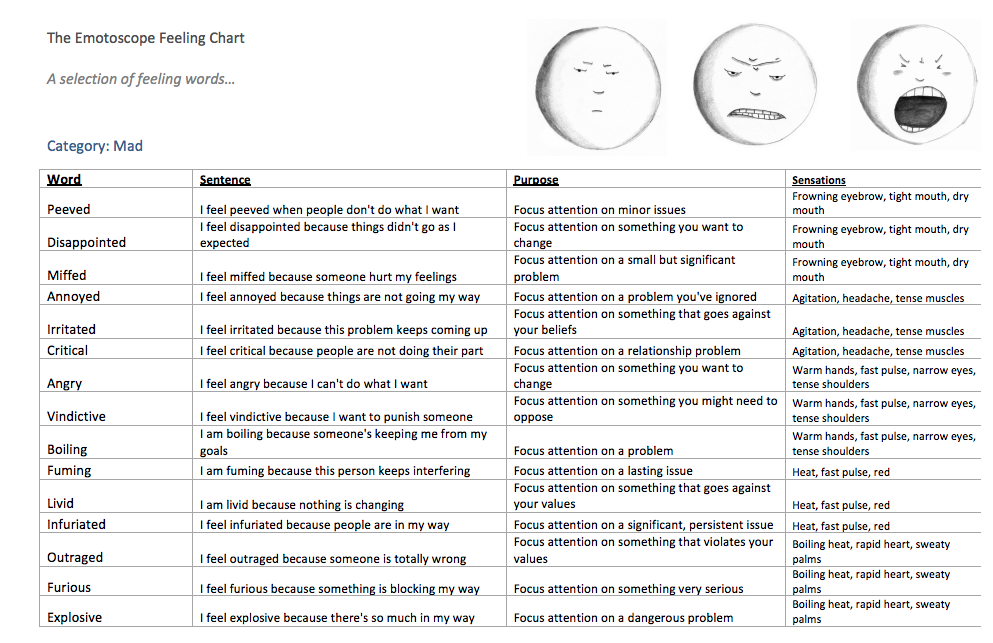
Engaging intrinsic motivation means being energized by personal values and commitments versus external forces, like others’ expectations. This meant that she had to remind herself that the disappointment of her current employers or her friends should not be a driving force behind her decision. Of course they want her to stay! But to make the best decision, the driving force had to come from within: what do I really want and what decision aligns with my values?
Exercising optimism means being able to see multiple options in a given situation. Here’s a classic example for Johanna. As she was in the thick of making this decision, she knew her friends were getting married up in Montana and she felt pressured to move there in time for the wedding. Why make two trips? But when she exercised optimism, she could see that there were more options than moving before the wedding or not at all. She could go for the wedding, come back home, and move weeks later. Just thinking of that option felt liberating. It’s easy to get stuck in boxes we create for ourselves, when really there are more options than we realize.
Increasing empathy is about recognizing and responding appropriately to others’ emotions. Once again, with her friends, she had to practice empathy and let herself feel sad with them. Only by doing that could she both love them and make the decision that was best for her.
Pursuing noble goals means connecting your everyday choices with your bigger purpose. This probably had the biggest influence on her decision. Her noble goal is to Create communities where people can thrive. She felt confident that she had been doing this for years in her town, but she had to ask herself: Which decision will most help me, and consequently, the people around me, to thrive? Not to feel safe, or reduce anxiety, but ultimately, to thrive.
By going through this whole emotionally intelligence process, she arrived at the best decision for her.
Life is emotional, and so are decisions. Keeping emotions out of it is a myth that’s been busted. Emotions are a sort of primary filter for how we perceive and act in the world. Only by embracing them and practicing emotional intelligence can we make truly informed decisions.
Decision Making Research: 3 Key Takeaways

1. Temper Your Brain’s Extreme Impulses – What’s your Brain Style? All our brains filter information, assess risk, and decide what to do differently. Knowing your brain’s preferences can help you stay balanced, and make great decisions.
2. Switch from True False to Multiple Choice – Generating options is a game changer for decision making. According to Ohio State University, generating 3 options improves the quality of our decision making, which supports Six Seconds’ findings in the State of the Heart.


3. Invest In Your Emotional Intelligence – Those who score high in EQ are 10x as likely to score high in decision making. That’s why it’s a great predictor of success than IQ or expertise.
Learn more about EQ + how to practice it in this beautiful, detailed, FREE guide to Emotional Intelligence.
The 20-page eBook includes important tidbits of neuroscience each followed by a tool or exercise to apply the insight to our daily lives. The techniques are organized according to the Six Seconds Model of Emotional Intelligence
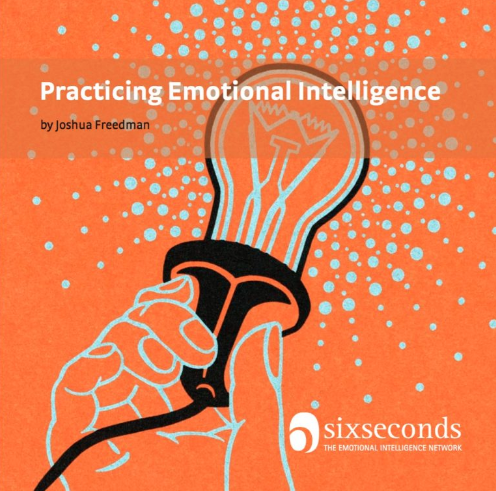
What's new in emotional intelligence?
Gen Z Is Unlike Any Generation Before It. New Research Reveals Why – and How to Work More Effectively with the iGen
Here are 3 key insights from the world’s largest study of emotional intelligence, and what it means for working effectively with Zoomers.
Knowing Isn’t Coaching: Three Emotional Intelligence Tools for Professional Coaches
Here’s how to use emotional intelligence to break out of a fixed mindset of “knowing the answer” and make your own (difficult) emotions an ally as a coach.
Voices from the Network: Huong Nguyen
This month we sit down with Ms. Huong Nguyen, a medical doctor and certified EQ Coach, EQ Facilitator, Practitioner and Assessor who has been working to expand her local EQ community in Vietnam.
Coaching Down the Escalator: 3 Emotional Intelligence Tips for Coaches to Reduce Volatility & De-escalate Conflict in a Polarized World
As people become more volatile around us, our brains’ natural response is to also become more reactive. Coaching provides a perfect opportunity to step out of this cycle of escalation, but it’s a difficult emotional puzzle; here’s a map of the process with three emotional intelligence tips for coaches.
Dr. Daniel Goleman Explains the History of Emotional Intelligence
Daniel Goleman explains the history of emotional intelligence – and why EQ is important in business, education & life.
Voices form the Network: Jacqui Butler & Svetlana Suvorova
When Jacqui Butler and Svetlana Suvorova met in Six Seconds’ EQ Coach Certification program in 2022, they clicked right away. After building a strong connection of mutual support and collaboration, they recently launched a joint venture, LeadEQ, to support women leaders. This is their story of finding EQ, each other, and a deeply meaningful path of professional growth.
- Pursue Noble Goals in the Six Seconds Model of EQ - July 29, 2023
- Increase Empathy in the Six Seconds Model of EQ - July 26, 2023
- Exercise Optimism - July 24, 2023

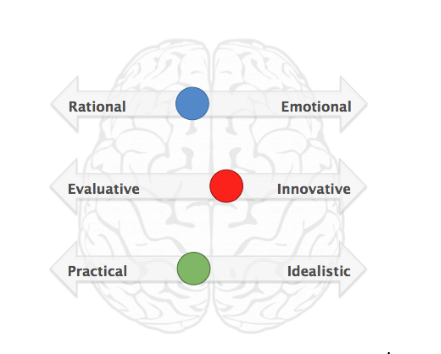


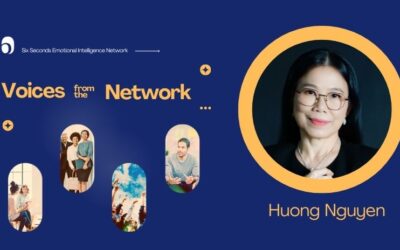

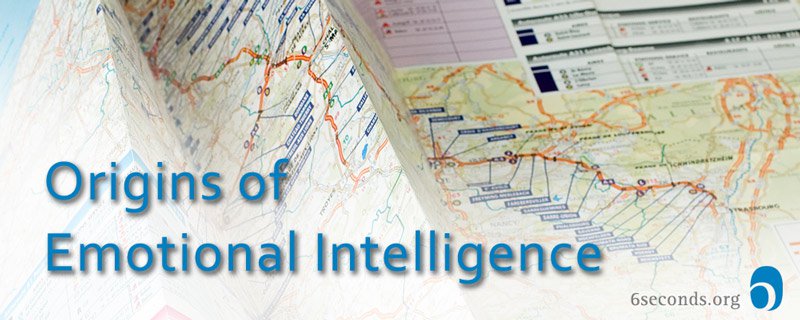
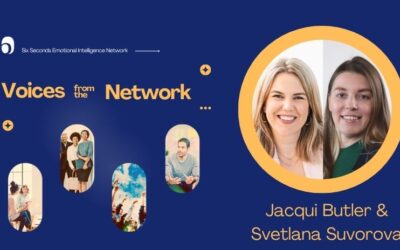

When it is published?
It’s great to see all the new work and research coming out of 6 seconds with regard to Decision Making. At Decision Education Foundation we have highlight the need to balance head and heart as a core element of our work. EQ also includes and needs RQ – rationality, and stopping to think before you decide. I see that here and know from my previous work with 6 Seconds that there is great complementarity. Great stuff!
Thanks Michael, thanks Josh, thanks 6seconds. You have a way of capturing and simplifying elegant ideas. I hope to share your very relevant insights and apply your practical advice. The summary is the tip of the iceberg of knowledge and each take away reflects a lot of research and assimilation. With Gratitude, Jessica
Hi Jessica, thanks for the kind words. The work of many people come together to do the research, analyze it, and then share it. It brings us a lot of joy. Thanks for reading and please do share!
I enjoyed your article Michael, thank you. Question: you make several references to “decision making scores” – which scores are these? The subsection of the SEI outcome of Effectiveness? And if so, how does one know what their score is? The coach is the only one who gets the data sheet. If this is not the decision making score you mean, I am very curious to know what the decision making score is, and how to find it. Decision Making is of particular interest to me. Mnay thanks, Liana
Hi Liana, thanks for the kind words. And you are correct, when I reference decision making scores, it’s the subsection of Effectiveness as an outcome on the SEI 🙂 Let me know if you have any other questions!